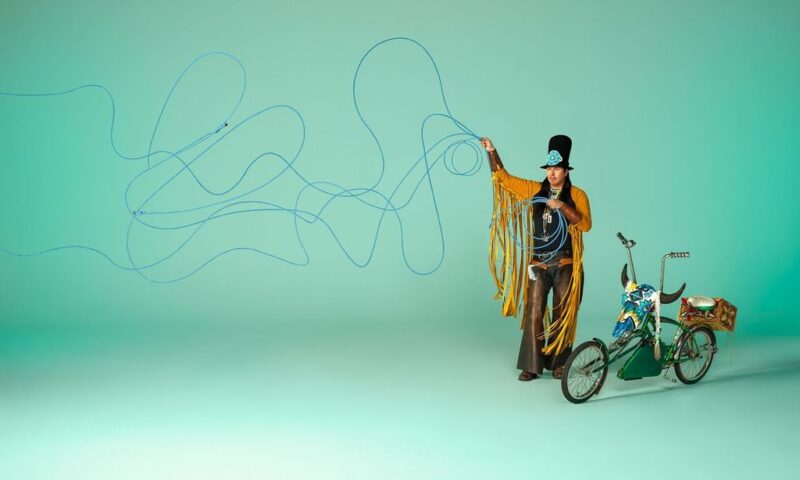Tough Love for Artists in Pursuit of Press by Cara Ober
What to do when you get a bad review?
In a word: nothing. Or, in a few words: add the byline to your CV and move on. Oh, and be really happy if they spell your name correctly and include an image.
Every artist wants a review of a new exhibit, show, or project. Every artist wants a good review. Press is an essential element of success. Proof that you’ve *really made it big* includes well-informed accolades from the New York Times, Art Forum, the New Yorker, and, of course, an Art 21 Video. But, for most of us that’s just not going to happen.
The good news is all press is good press, whether it’s a neighborhood newsletter, a friend’s blog, or the local newspaper or hipster zine. For an artist building a career, press is important. It generates interest, exposes the work to a new audience, proves relevance, and serves as a historical record, so that your labors are remembered.
There are many many more artists than capable arts writers, so the odds are not in the artists’s favor for press coverage. Not every project you do will be written about and chances are even less, as you climb the ladder of success, that your work will be reviewed favorably. Why? Because familiarity breeds deference and, as your work is viewed by a larger audience and a better-read, more experienced critic, your insider status (which does soften a reviewer’s opinion) is lost. As you grow as an artist and, ideally, your work is reviewed in a number of different publications, you will also grow a necessary attribute which is imperative to your success: a thick skin and a stubborn belief that your work is brilliant, no matter what the critics say.
Remember those mean critiques in art school that made you cry? Remember how unfair the critic was, how they didn’t take the time to really understand your concepts, how they dismissed your in-progress works? After these experiences, artists are left to lick their wounds and some quit, while others become stronger. Some might even find a gem of truth in the critic’s assessments and make their work better, too. Now, do you remember the positive critiques from school? Nope? This speaks volumes. After a particularly dismissive critique, the successful artist realizes this individual will never see things the way you do and will never like your work. At this point, the proactive thing to do is cut them loose and don’t ever make work to please them.
Art reviews, especially in larger, more powerful publications, are seldom accurate and will never fully capture the artist’s ideas, work, and process. Some are even downright misleading. (Try being dissed by the Washington Post Chief Art Critic for work you didn’t even make. Seriously.) This kind of press hurts, can feel humiliating, and can be harmful to an artist’s development. However, the critic is entitled to their opinions, mean-spirited ones and hurried ones and all. Hopefully all of this makes you more appreciative of a reviewer who actually ‘gets’ what you do and takes the time to do accurate research.
It should also make you realize that bad reviews are particularly unhelpful to young artists, new venues, and even emerging art scenes. Sometimes the press coverage we desire isn’t appropriate for our current career stage. When a publication ignores your work, don’t take this as a sign your work is bad, rather that it isn’t ready. And breathe a sigh of relief.




